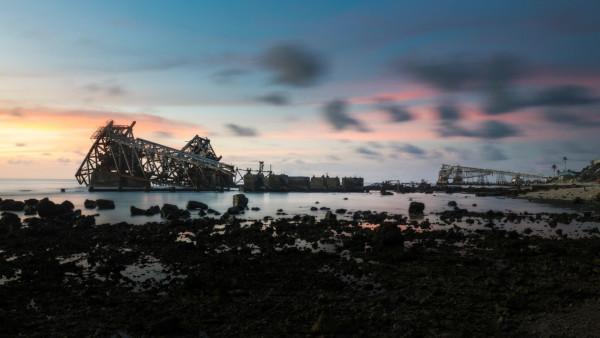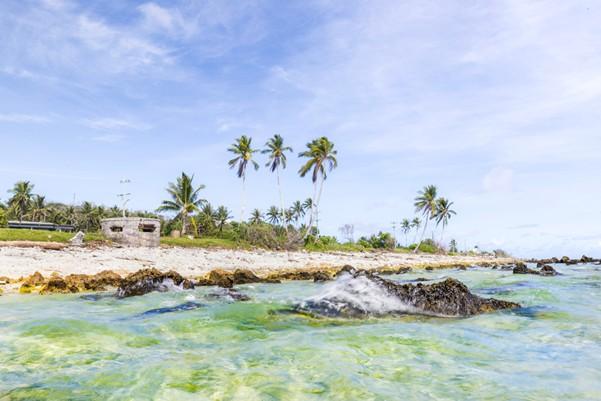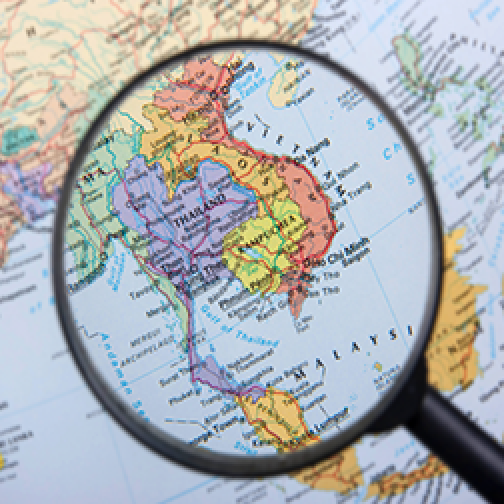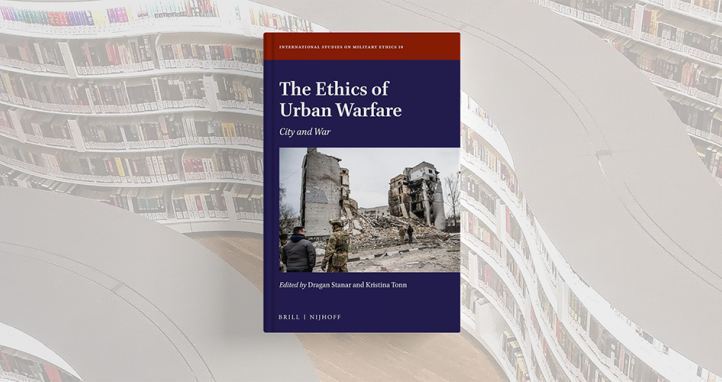Facts and figures
The ‘Know Your Region’ series is designed to support unit and individual professional military education on the Indo-Pacific region. It’s important for all serving members of our military to have a foundational knowledge of the countries and issues in the Indo-Pacific.
Nauru-Australia Treaty
Since Nauru gained independence in 1968, Australia has been Nauru’s principal trade, investment, and development assistance partner. This partnership was reaffirmed on 9 December 2024 with the signing of the Nauru-Australia Treaty. The new agreement gives Nauru financial stability by providing AUD$100 million in budget support over five years. In exchange, Nauru has agreed that third parties cannot use Nauru’s critical infrastructure for security purposes. Australia and Nauru must mutually agree on any engagement by others in Nauru’s security and key critical infrastructure, including the telecommunications and banking sectors.
Australia has also committed an additional AUD$40 million to support Nauru’s policing and security needs, which includes capital infrastructure, training, equipment, recruitment and retention.
The treaty will also ensure Nauru has ongoing access to vital banking services and to the international financial system. Bendigo Bank had previously announced a decision to leave the country by end of 2024; however, the plan was delayed for six months following the state-owned Bank of China signalling an interest in moving to the Pacific nation. Instead, the Commonwealth Bank of Australia will take over banking services, which includes having a physical presence.

Image: Commonwealth Bank ATMS – Wikimedia
Criticism of the treaty centres on the erosion of Nauru’s sovereignty over its territory and people. Nauru's economy is in such a weak position that the country has little choice but to agree to Australia’s deal. After the five-year deal concludes, and the AUD100 million budget support dries up, Nauru will have a strategic rationale to entertain offers from China.
For further information on the Nauru-Australia Treaty and climate change, see the resources below:
Podcast:
Articles:
- Nauru-Australia Treaty | Prime Minister of Australia
- Nauru-Australia treaty between Australia and Nauru | Australian Government Department of Foreign Affairs and Trade
- Nauru Needs Sustainable Support From Australia—Not Neocolonialism – Australian Institute of International Affairs
- Australia inks treaty with Nauru locking out growing Chinese influence – ABC News
- Nauru agrees to give Australia veto rights over pacts with third nations including China | CNN
- At first glance, Australia’s new treaty with Nauru seems to be a win-win. But questions remain
Environmental challenges
Nauru's environmental crisis began with extensive phosphate mining (see Nauru economy). The island’s once-fertile topsoil was stripped away, leaving behind a barren, jagged interior covering over 80% of the island. With few trees, minimal vegetation, and heavily altered drainage patterns, Nauru has become an ecological cautionary tale of how industrial exploitation without restoration planning can permanently degrade a natural habitat. The loss of green cover contributes to soil erosion, dust pollution, and increased surface temperatures. The island also has limited freshwater sources, relying on rainwater harvesting and imported water for basic needs. Prolonged droughts have made rainwater unreliable.

Ruined phosphate mining infrastructure – Defence Images
Rising sea levels
As a low-lying atoll, Nauru is sensitive to sea-level rise driven by global warming. The country’s narrow coastal fringe is the only habitable and arable land remaining. A mere one-meter rise in sea level could inundate most of the coastal areas, where the bulk of the population resides. Salt contamination of freshwater and soil is already occurring, harming the limited local crops.
Coastal erosion is becoming more pronounced, particularly during king tides and cyclones. Nauru does not have the physical space to relocate vulnerable communities inland, so any erosion of its thin coastal strip poses a serious risk. With few natural resources remaining, a limited tax base, and dependence on foreign aid, the government lacks finances needed to invest in large-scale environmental projects. Nauru also has a shortage of technical expertise in climate science, urban planning, and environmental engineering.
International financing options like the Green Climate Fund (GCF), the Adaptation Fund, and bilateral grants have been crucial; however, accessing and managing the funds has been difficult. As a result, project implementation is often delayed or scaled back.

Nauru Coastline – Defence Images
Pollution and waste
Solid waste management is another persistent problem for Nauru. With limited land and inadequate infrastructure, much of the island’s waste ends up in open dumps, contributing to land and water pollution. E-waste, plastics, and imported products accumulate quickly, and without a recycling program or incineration facilities, the volume continues to grow.
Pollution from abandoned phosphate infrastructure, old fuel tanks, and household waste leaches into soil and coastal waters, further degrading ecosystems. There is also concern about hazardous materials left behind by decades of mining and foreign military use of the island. Efforts to develop an integrated waste management system have begun but are constrained by high costs and logistical barriers.
Deep sea mining
The Nauru Government is now considering deep sea mining to future-proof the economy. However, environmentalists, scientists, and some Pacific leaders have warned that sediment plumes, noise pollution, and habitat destruction may cause irreversible damage to biodiversity. Critics argue that Nauru is being used as a testing ground for activities that carry high ecological and ethical risks.
Climate activism
Despite contributing to global greenhouse gas emissions through extensive mining, the island’s survival depends on the efforts of industrialised nations and the equitable distribution of climate finance. Nauru is an active participant in international climate negotiations, including the UNFCCC and COP summits. It also aligns with the Alliance of Small Island States (AOSIS), calling for loss and damage compensation from high-emitting countries.
For more information on Nauru’s Environmental challenges, see the resources below:
Articles:
- Pacific Environment Data Portal | Environmental Information for Decision Making
- Rebuilding Nauru – the island nation’s ambitious climate change adaptation plan | Pacific Environment
- Nauru agrees to give Australia veto rights over pacts with third nations including China | CNN
- Deep sea mining frontrunner set to sidestep UN oversight, pivots to US route | RNZ News
- Australia's development program to Nauru | Australian Government Department of Foreign Affairs and Trade
Know your region
Know Your Region series gives you a shortcut to understanding other nations in the Indo-Pacific region.









